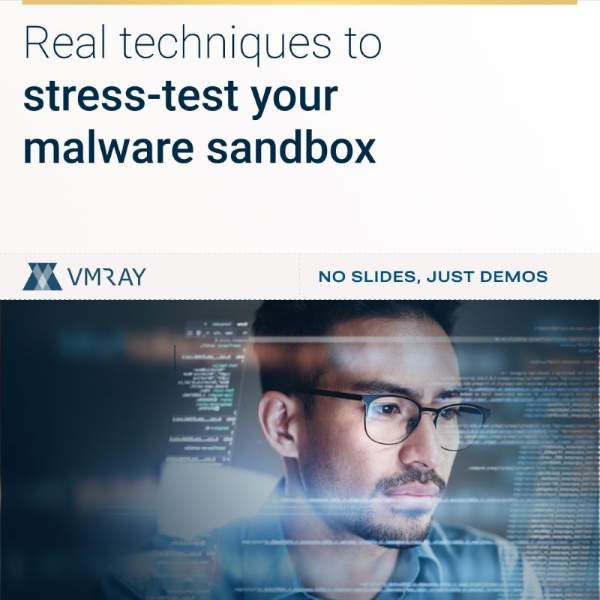Chapter 1: Unraveling the Complexity of Cybersecurity Challenges
Discover the Driving Forces Behind Security Automation
In today’s ever-evolving cybersecurity landscape, organizations face an array of challenges that demand innovative solutions. Threat actors have evolved from casual mischief-makers to sophisticated nation-states and well-funded organizations, orchestrating targeted attacks with a diverse range of motivations. The days of combating kids in basements launching broad phishing schemes are long gone. Now, the targets have become widely varied, ranging from governmental organizations to companies facing opposition due to differing beliefs or stances.
According to a survey conducted by Forrester Research, which interviewed 3,700 respondents in the 2021 Business and Technographic Security Survey, the changing and evolving nature of IT threats ranked as the top concern for organizations. To effectively combat these threats, cybersecurity professionals must adapt to a complex and dynamic landscape that demands advanced security measures.
Heath Mullins, an esteemed analyst at Forrester Research, emphasized the increasing complexity of the IT environment. Understanding what’s within an organization’s perimeter is vital, as the assumption of breach is a core tenet of zero trust. No security stack can guarantee absolute protection, and threat actors are relentlessly seeking new attack vectors, even exploiting unpatched CVEs. This cherry-picking of targets requires organizations to fortify their defenses with a proactive security approach.
Furthermore, one of the key challenges raised in the survey is the burden of day-to-day tactical activities on security operations teams. Approximately 23% of respondents expressed that these operational tasks consume significant amounts of valuable time. This pressing issue leaves SOC teams with minimal room to grow their capabilities and hinder their potential to contribute strategically to the organization’s security posture.
At a joint webinar with Forrester, esteemed analyst Heath Mullins from Forrester Research emphasized the significance of adopting a proactive security approach. “In navigating the complexities of modern cybersecurity,” said Heath Mullins, “SOC teams must assume breach and automation and orchestration play a crucial role in making our security professionals more effective and allowing them to grow both personally and professionally.”
Unveiling the Need for Security Automation
The growing complexity of threats, the increasing variety of targets, and the pressure of day-to-day tactical activities underscore the urgency for security automation. As the threat landscape continues to evolve, traditional manual approaches are no longer sufficient to keep up with the ever-expanding array of cyber risks. No security stack can guarantee absolute protection, and threat actors are relentlessly seeking new attack vectors, even exploiting unpatched CVEs.
This cherry-picking of targets requires organizations to fortify their defenses with a proactive security approach, incorporating a multi-layered defense strategy that includes solutions for advanced threats, evasive malware, and targeted and challenging phishing campaigns.
Maximizing the Value of Automation
In navigating the complexities of modern cybersecurity, SOC teams need to leverage automation in the right way to optimize their efficiency and productivity. Instead of aiming for fully autonomous security, which can be impractical and even unrealistic, organizations should adopt task-based automation.
By automating repetitive and mundane tasks, SOC teams can free up valuable time and focus on more challenging and rewarding security operations.
Harnessing the Power of Insightful Intelligence
Implementing the right security automation tools enables SOC teams to gain deep visibility into threats, learn from incident analyses, and incorporate these insights back into their security program. This continual feedback loop enhances the team’s ability to proactively identify and mitigate potential threats.
Embracing Collaborative Sharing
As cyber threats continue to evolve, the importance of information sharing becomes paramount. SOC teams must collaborate within their organization and the broader cybersecurity community to stay one step ahead of malicious actors. Effective threat intelligence sharing empowers organizations to proactively strengthen their security defenses.
In this chapter, we’ve discussed the challenges that cybersecurity professionals face in today’s dynamic threat landscape. From the growing complexity of threats to the burden of daily tactical activities, security teams require a strategic approach to optimize their operations. Security automation, when applied effectively, empowers SOC teams to streamline workflows, enhance threat detection capabilities, and ultimately elevate the organization’s security posture.
In the next chapters, we will delve into the specific challenges faced by SOC teams and how task-based automation paves the way for greater efficiency and effectiveness in combating cyber threats. Stay tuned to discover the path to a more resilient and proactive security strategy.


